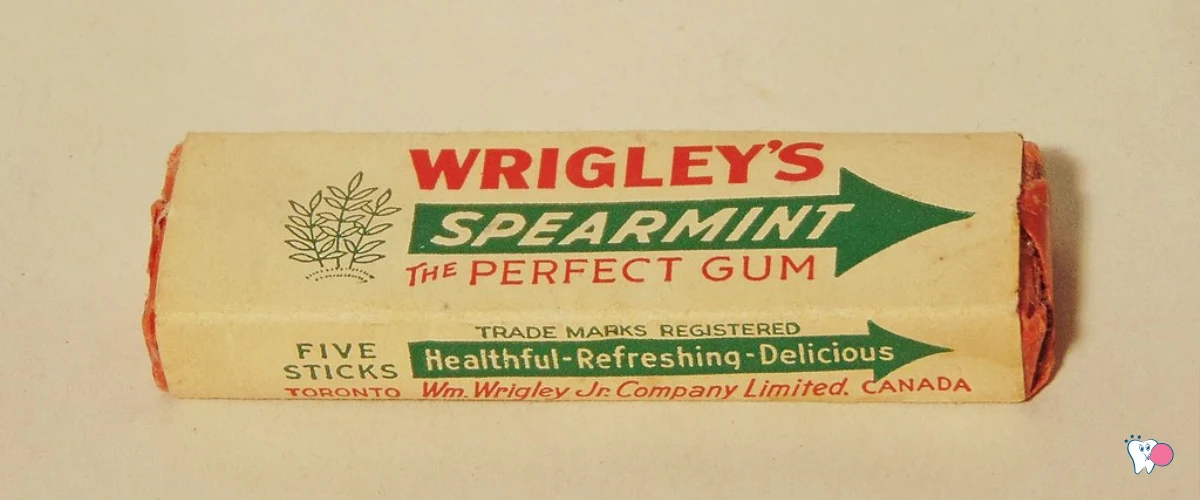I used to think that chewing gum had been around for several decades. I was surprised when I found out it was different. The history of chewing gum will surprise you with its scope. The golden era of chewing gum, which seems to be behind us, is particularly interesting. But maybe I shouldn’t write that at the beginning – but what do we know ? Maybe the future will surprise us. Let’s take a closer look.
Origin of Chewing Gum
Many nations chewed on a precursor of chewing gum already several thousand years ago. People literally took them from the gifts of nature – either in the form of resin or hardened juice mixed with other ingredients such as beeswax and of course in many other forms. From many sources, you can find out that the first precursors of chewing gum were from various corners of the world and different time periods. For interest, take a look at a brief history of chewing gum:
- The first signs of chewing gum were confirmed by archaeological excavations dating back to 9,000 years ago1,2. Traces on teeth showed that a teenager from the Stone Age outside Ellos in western Sweden chewed it. The gum was made from resin sweetened with honey. It is the oldest chewing gum found in the world.
Short video – the oldest Chewing Gum found by Swedish Archaeologists
- The origin of chewing gum can also be traced to the Aztecs and Mayans (2500 BC), who discovered the benefits of using tree resin as chewing gum. They found that by slicing the bark in a certain way, they obtained resin, which, when boiled and dried, became chewing material. This gum was not only great as a breath freshener, but also good for quenching thirst and warding off hunger.
- In ancient Greece (2000 years BC), they chewed resin from the bark of the Pistacia lentiscus shrub (mastic gum) in their mouths.
- 3,500 years ago, Egyptians chewed small balls made of melon, myrrh, and incense for breath freshening.
- In the Middle Ages (500-1500 AD), gum from tree resin was most commonly chewed. Other materials used to achieve the same effect included leaves, grains, sweet grasses, and waxes.
- North American inhabitants preferred refreshing their breath with sap obtained from spruce trees. Europeans, who communicated with these populations, also adopted this practice.
Chewing Gum Taboos
In ancient times, certain civilizations viewed chewing gum in public as something unacceptable, especially for men. The only ones who could chew in public were children and unmarried women. A married woman or widow could chew only in the privacy of her home. Men had it even more complicated – they could only chew secretly. It was considered improper for a man to chew.

